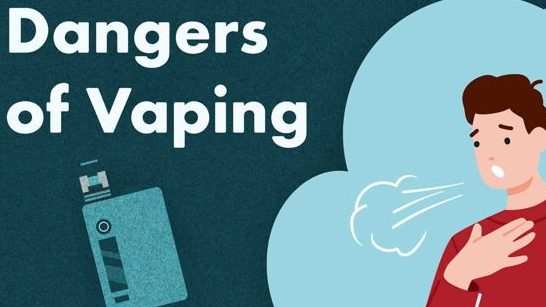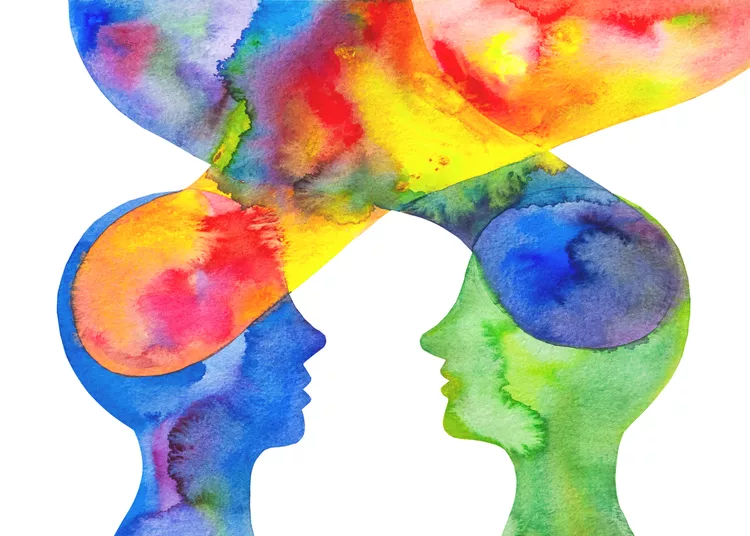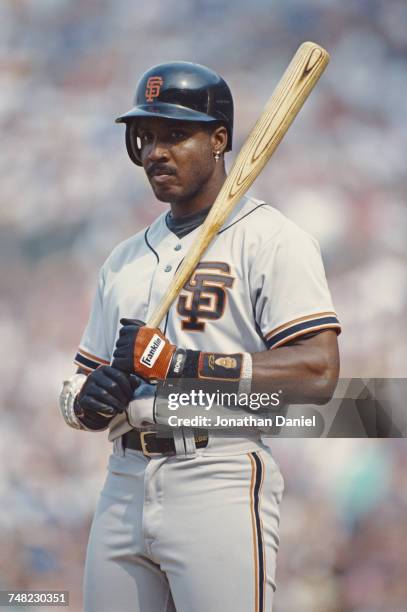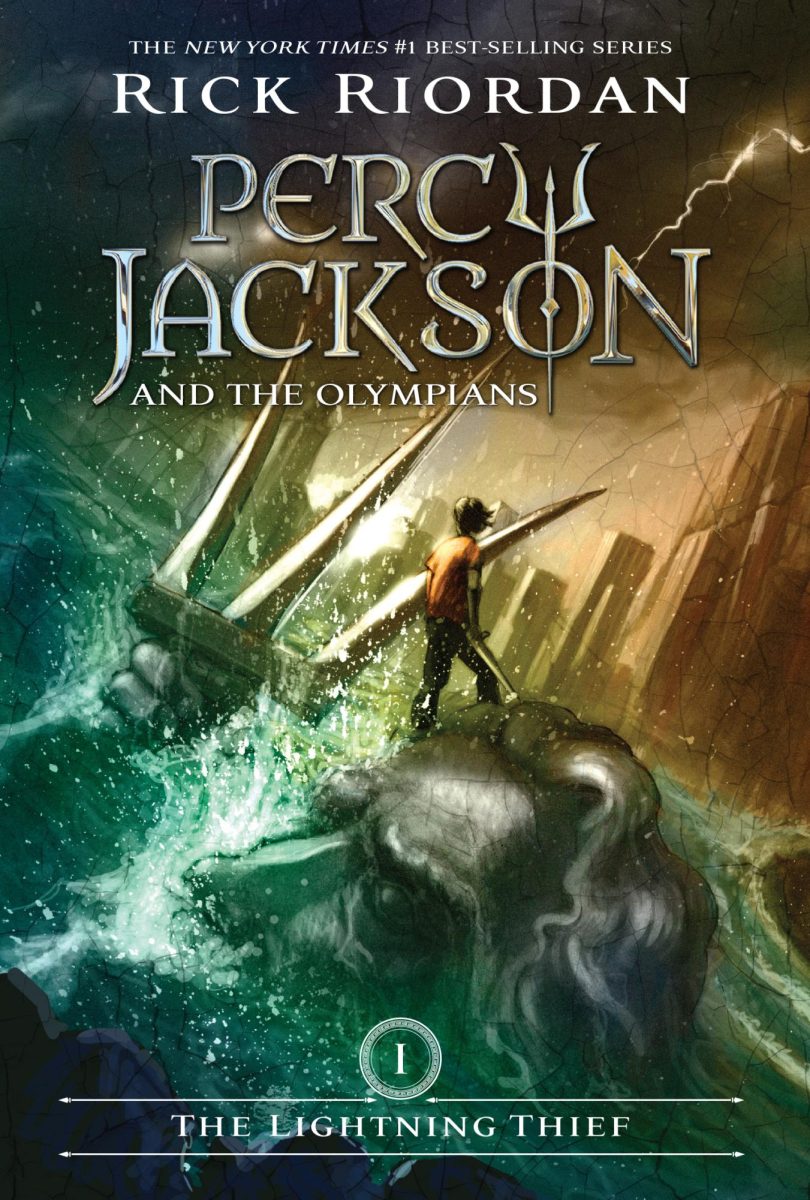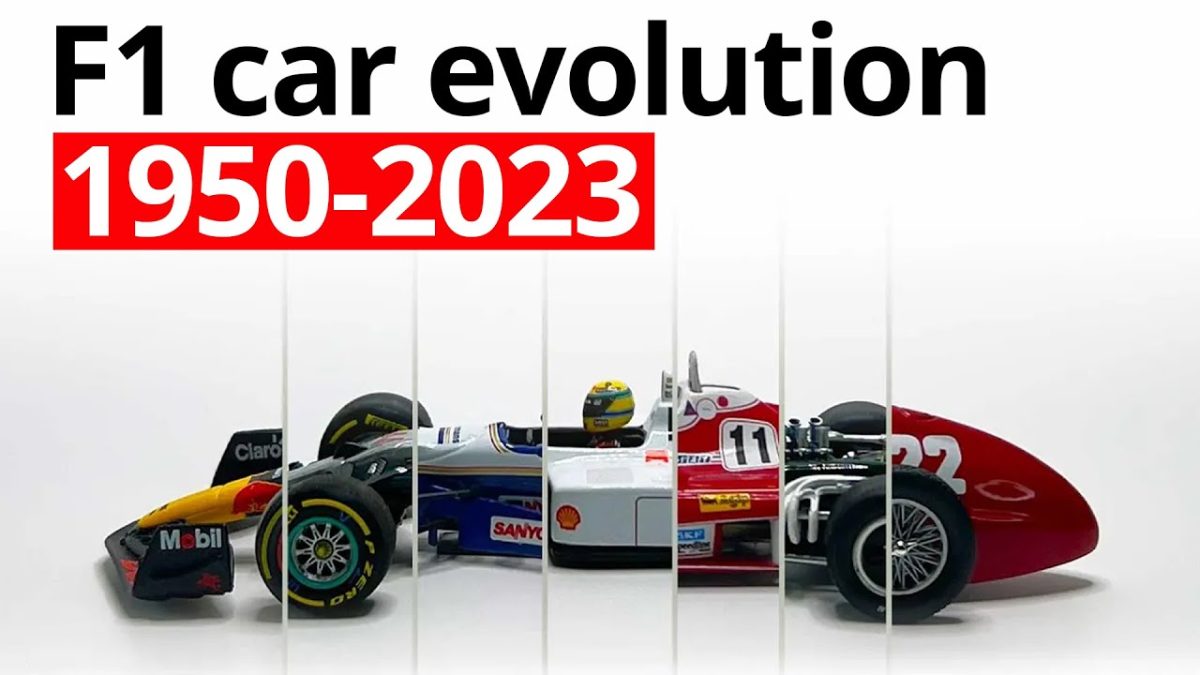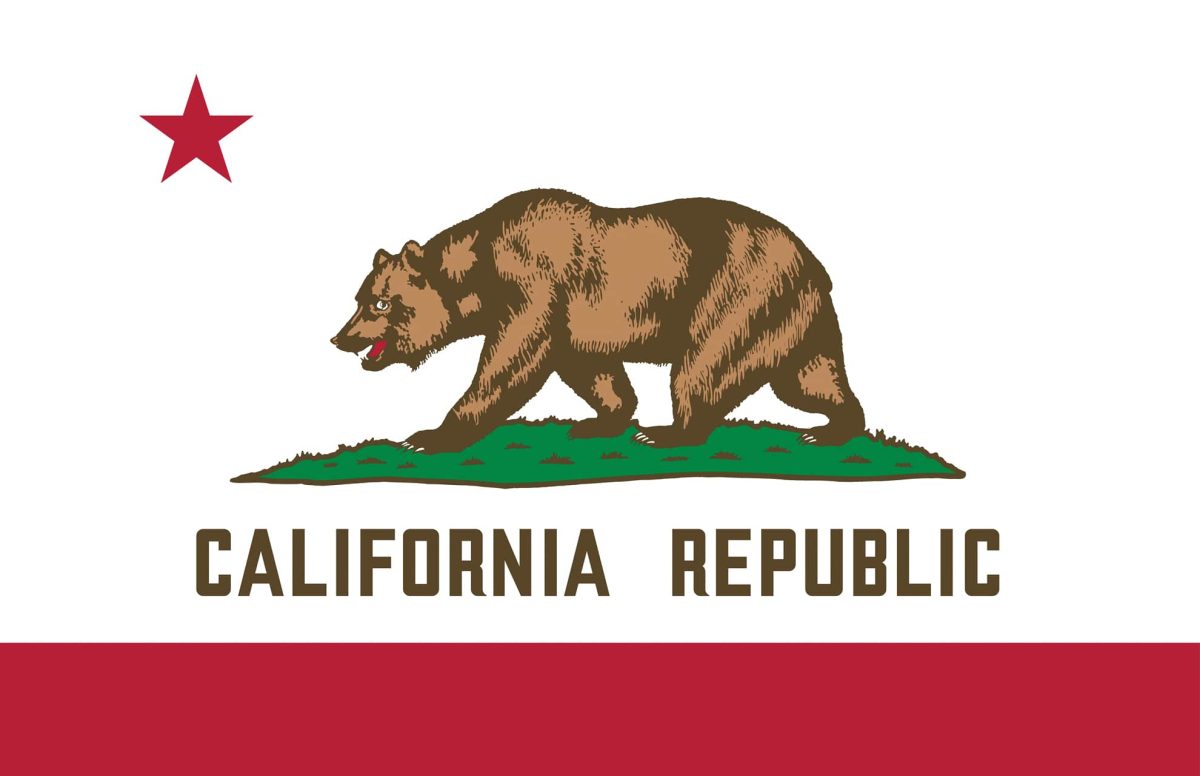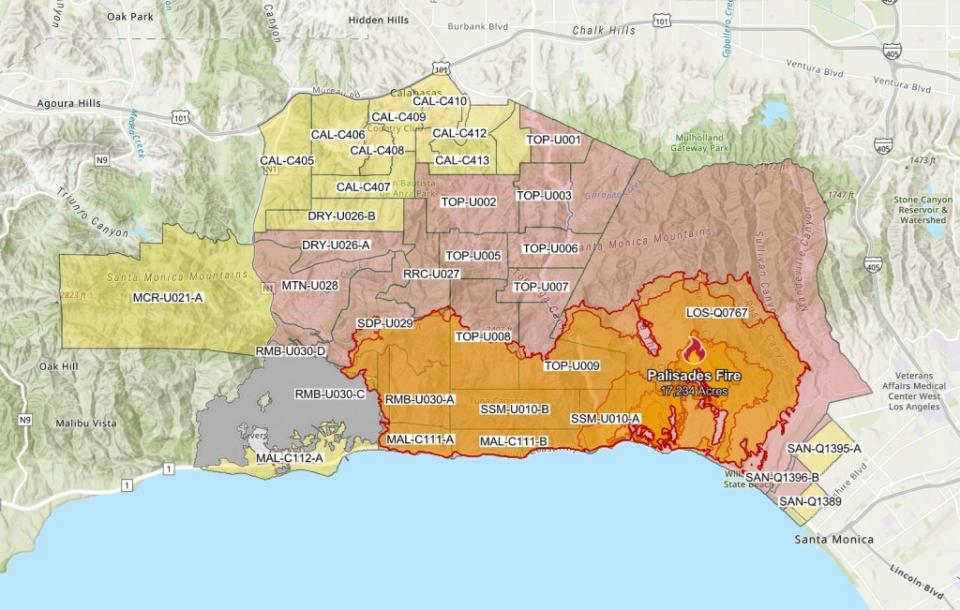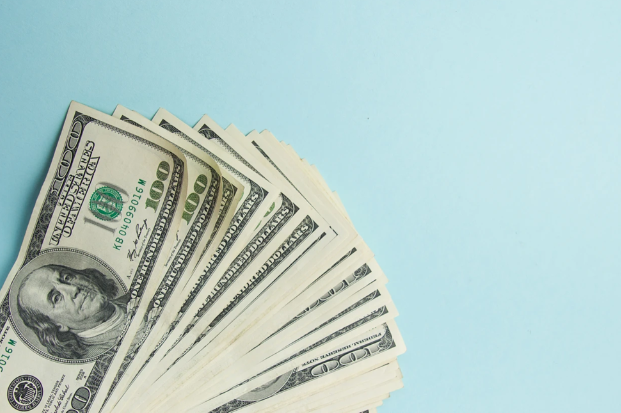Money plays a central role in our everyday lives, enabling us to acquire necessities in order to provide for ourselves and others. While also allowing the acquisition of both our wants and needs. However, despite its significance, many people lack a comprehensive understanding of the history of money, the purpose which money serves, and how it impacts our economy.
The first concept of money traces back to 600 B.C. in Mesopotamia with the use of the shekel. Initially, people would use shekels as weight units but then later evolved into coins that are used for bartering. In the United States, the Coinage Act of 1792 mandated the production of coins by the U.S. Mint, the part of the U.S. Department of Treasury that manufactures and distributes metals and coins, using materials such as gold, silver, and copper. In the 11th century the first form of paper currency was introduced in China under the rule of Emperor Jiaozi. China transitioned from copper coins to paper currency since merchants and wholesalers would have a very hard time carrying the weight of copper coins. Then the US used paper currency during 1861 to help fund the Civil War. Then on February 25, 1862, Abraham Lincoln signed the First Legal Tender Act which allowed the public use of paper currency in the US.
Most people misunderstand the true concept of money. Most people see money as a method of exchange to acquire things that they want and needs. Money can be defined in three concepts: a store of value, a medium of exchange, and a unit of account. Money is a store of value because money can be saved and exchanged in the future and ideally without decreasing in value. People can also use money as a medium of exchange which means that people can exchange a certain amount of money for something in return that shares the same value. For example, if someone would pay for an apple that cost them a dollar that means that the one apple has the same value as one dollar. Money is also a unit of account, for money can keep track of things due to the countable property it has. Since money is a unit of account it can represent various things about people like certain debts they owe or the profits they have made.
Up until the 1970s, the US Dollar has been backed by precious metals which include gold and silver. The US government tends to print money to provide for the necessities that come with wars, financial problems, and pandemics such as the recent Covid-19 pandemic. But the US government cannot print more money if equal amounts of gold and silver aren’t acquired. This concept is very similar to a bank account. For example, if Johnnie had $100 in his checking account, he could not write checks totaling over $100. He could only write checks to total up to $100. At some point in the 1970s, the US took the US dollar off the backing of gold and silver. This act allowed the US to print dollars without acquiring the equivalent of the amount in gold and silver. In the example of Johnnie’s checking account, this scenario would be like allowing Johnnie to write checks beyond his $100 balance. Over time, if no limits were put on Johnnie’s checking account, he could have a very large balance which he would owe. The US, as a country, currently has a similar situation. When money is just allowed to be created with no equivalent worth, the debt could drastically increase. According to the US debt clock, the current US debt is somewhere around $34 trillion dollars. In the example of Johnnie’s account, that is like saying, Johnnie has been writing checks in the amount of $34 trillion dollars and he currently has nowhere near that amount in his checking account. This event will cause Johnnie’s checks that he writes to be worthless. This is what is happening to the US dollar. Today, our US dollar can buy less items (food, clothing, and services) than it did about 5 years ago. The US dollar losing purchasing power and devaluing is called inflation. Sometime soon, the fundamentals of money could change and evolve. ‘ Micheal Gan, CEO and President of WillowBridge associates, talks about the future of money. The future could entail money being in electronic form. We have started to see this concept in action using Crypto currencies. He explains, “Crypto currency is money that can only be traced by the seller and buyer which could be the future of money, but America has not completely adopted the use of this form of currency”. Micheal Gan also touches on the benefits of evolving money he says that “It’s a good thing that money is advancing because it is more convenient for people to store money and to convert currencies into other forms of currencies. In addition, we could also see money go back to the concept of being backed by tangible assets, like gold and silver, to avoid our money being inflated.
Money is one of the most important concepts in our lives and society. It is very important to understand the history, the concepts, and what is currently happening to money. Understanding these points will help us better manage, budget, and invest our money. The sooner and earlier we learn about this, the sooner and earlier we can make better decisions daily with our money.


